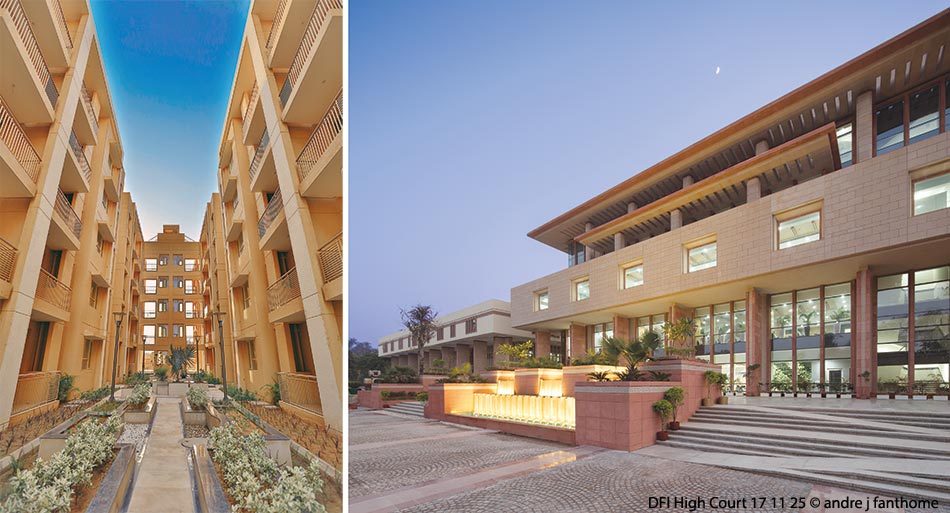
Indian cities are gradually losing touch with their architectural style in trying to maintain some semblance of order. Jaipur, Delhi, Agra, and Ahmedabad—places known for their distinct architectural character, now seek to conserve their individual identities that have been crafted through centuries of meticulous planning, designing and sensitivity to social welfare.
While it's true that liberalization was the gamechanger that engulfed our cities with the garb of cosmopolitanism, the onus is on architects and urban planners to solve new-world issues through increased cooperation and collaborative efforts. At the grassroots level, a multi-pronged strategy may be adopted to mitigate the debilitating effects of unplanned urbanization—decentralization of city building down to the inhabitants, an incisive city model highlighting walkability and pedestrian safety, and an efficient network of public infrastructure. The overarching integration of technology within this strategy is paramount.
Emulating the West to meet our requirements doesn’t bode well, since our challenges are very different from theirs. Rather, architecture that delves into the past and derives its form and expression through contextual cues fosters an enriching public experience
The hallmark of a great city is the ease of walkability that it offers to its citizens. Cities need to be designed primarily for people. A walkable city is essentially a catalyst for a safer, livelier and a happier urban environment. Interventions may include wider sidewalks, street furniture, skywalks and pedestrian overbridges. Planning for the future is key, and architectural design must take into account years of potential changes that the space may undergo.

Cities of the future will need to defragment, with a focus on necessity over wants. Low-cost housing has been driving real estate over the last few years, and architects need to propel this segment with cost-effective, modular designs, harnessing PEB technology (pre-engineered buildings), and through a prudent selection of materials.
Emulating the West to meet our requirements doesn't bode well, for our challenges are very different from theirs, population dichotomy being only one of these. We can start by learning from precedents set by history and rediscovering our ingenuity through past interventions. Architecture that delves into the past and derives its form and expression through contextual cues fosters an enriching public experience.
Such initiatives will help us re-affirm our cities' identities in the truest sense. Indian cities that thrive are firmly rooted in history while embracing the needs of the future. Urban renewal is driven by a hands-on, rational and sustainable design approach; cities cannot be moulded in isolation—it invariably calls for a collective, inclusive effort.















